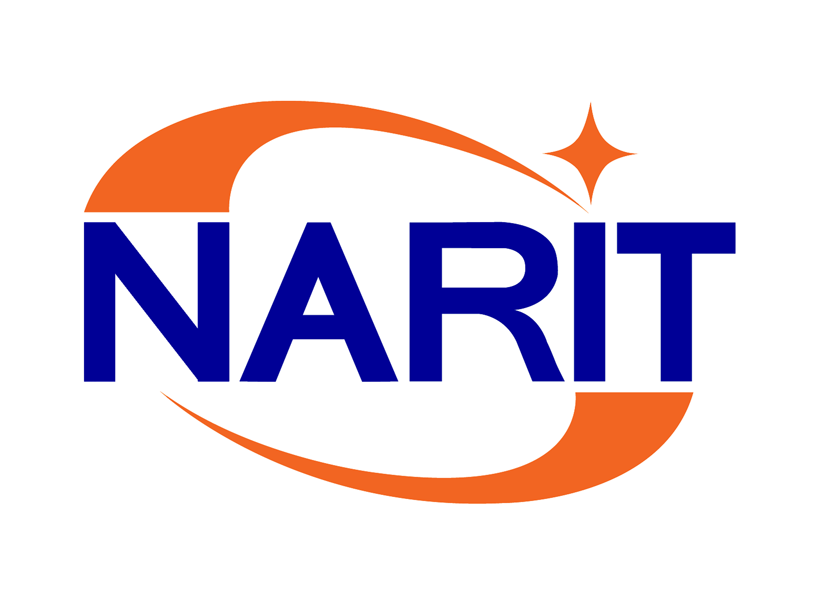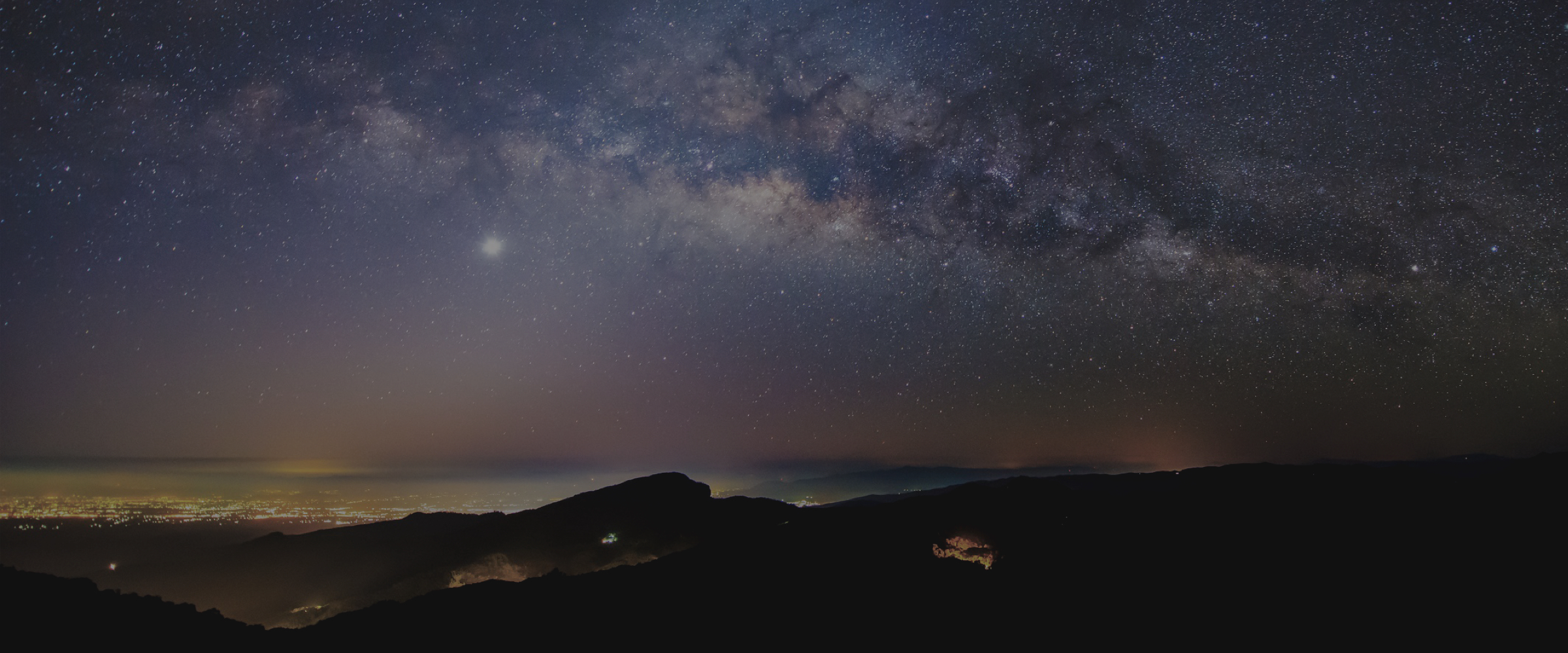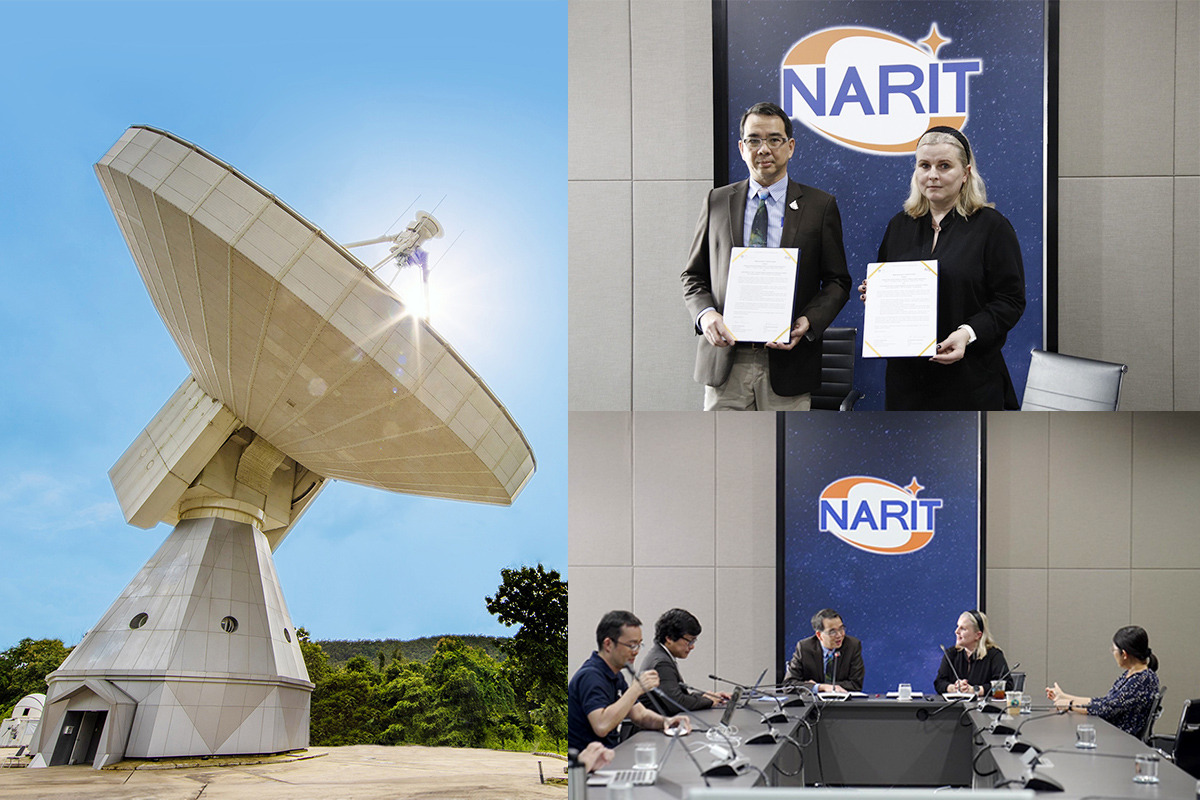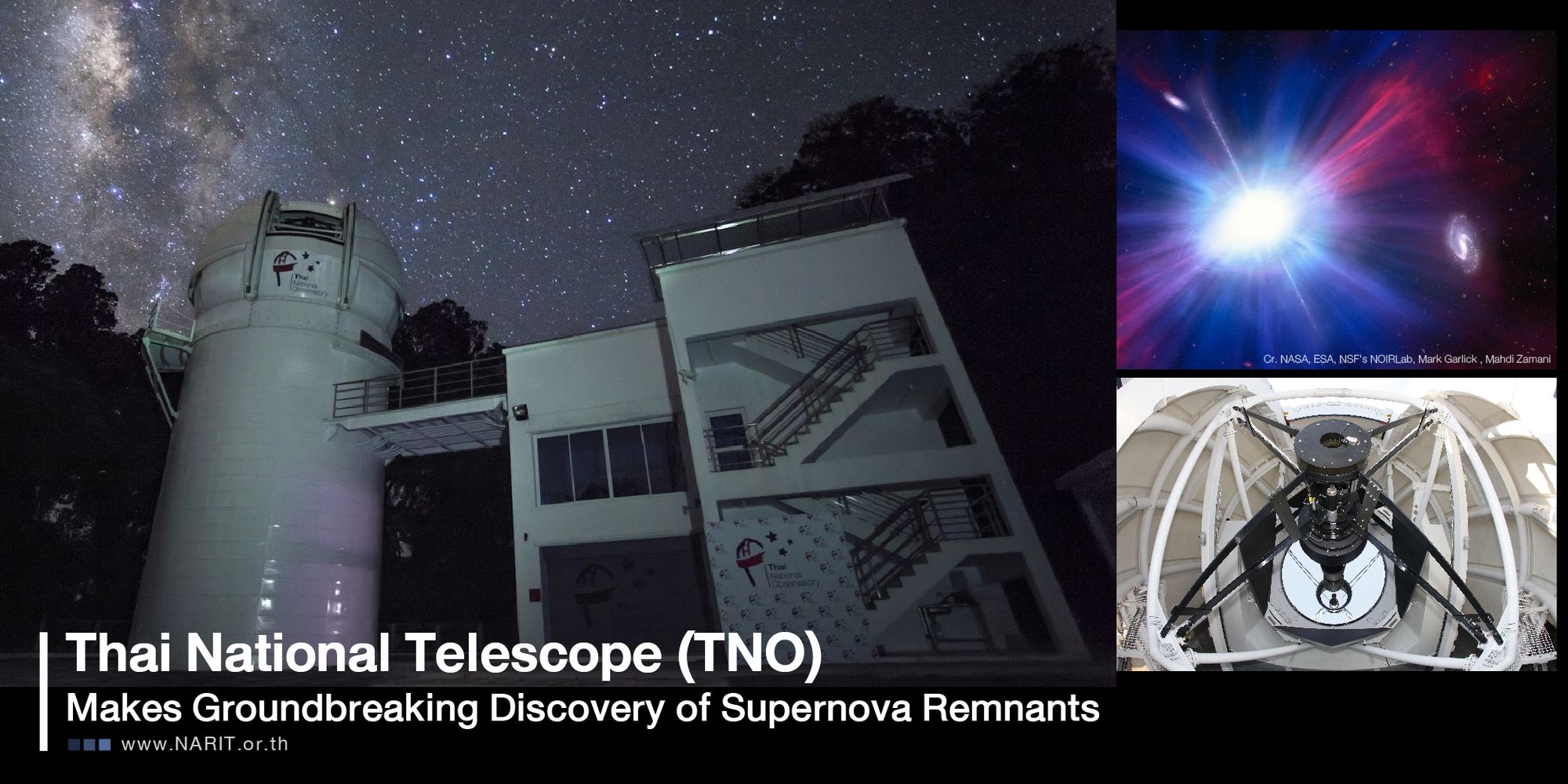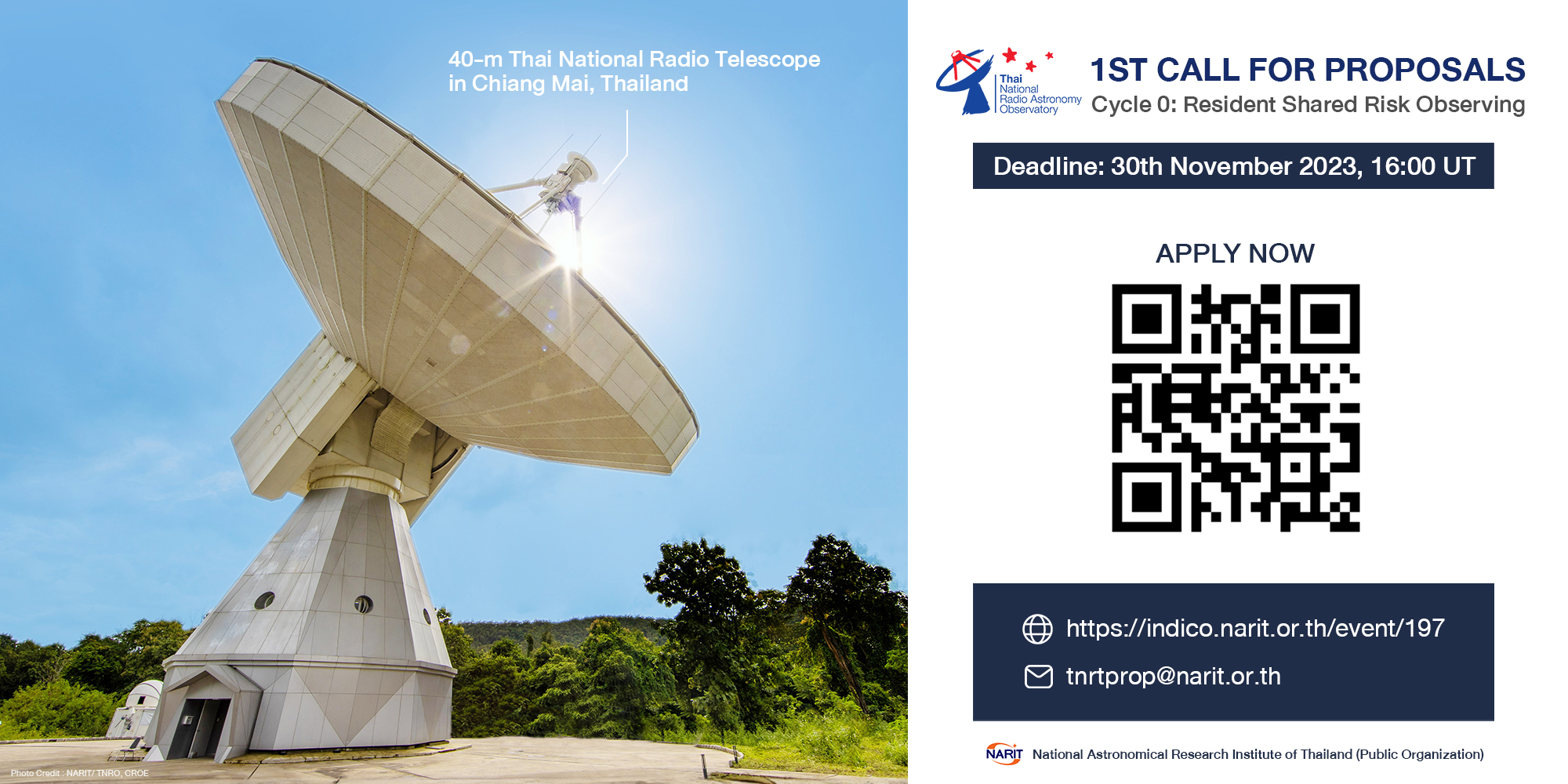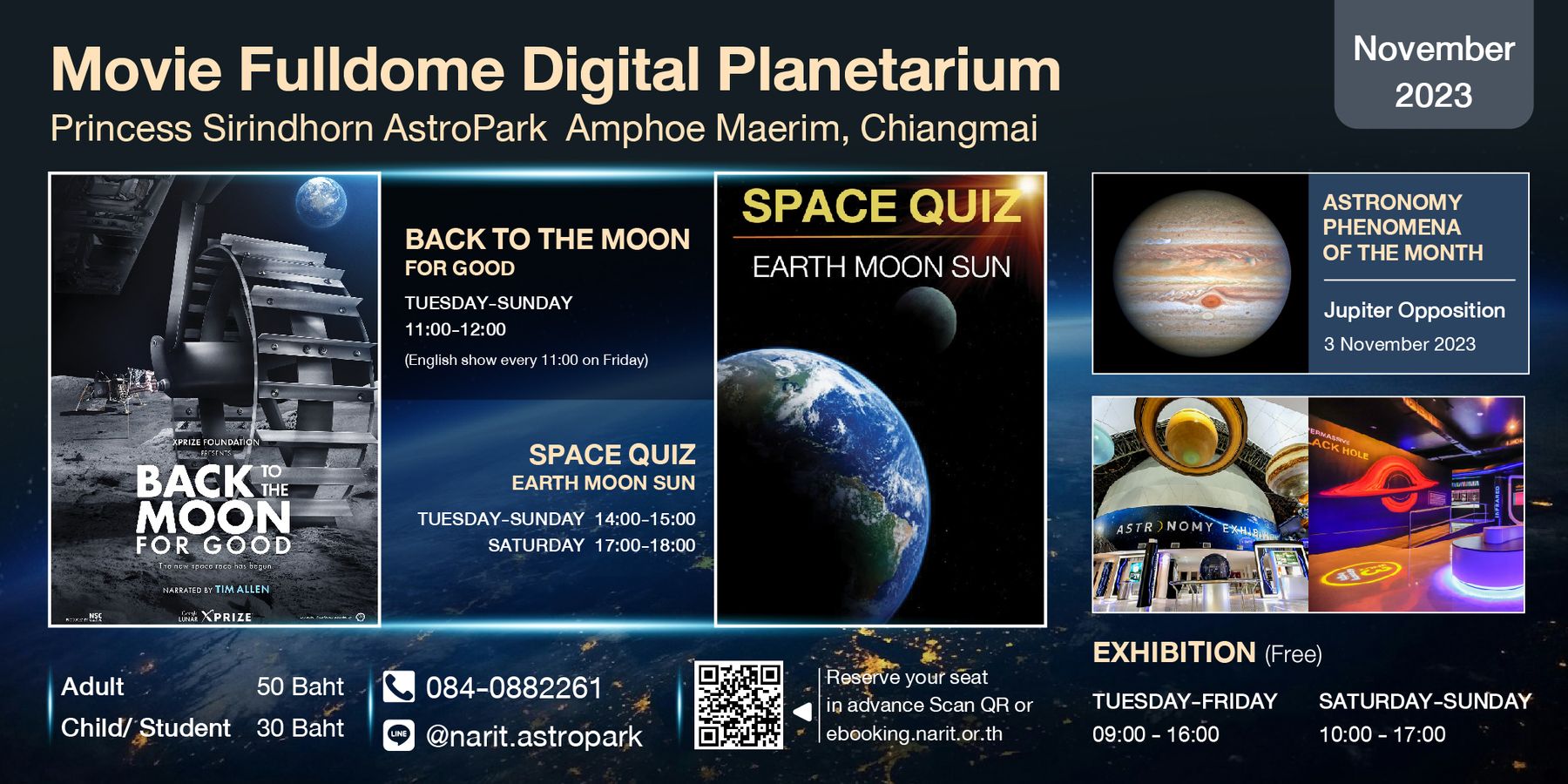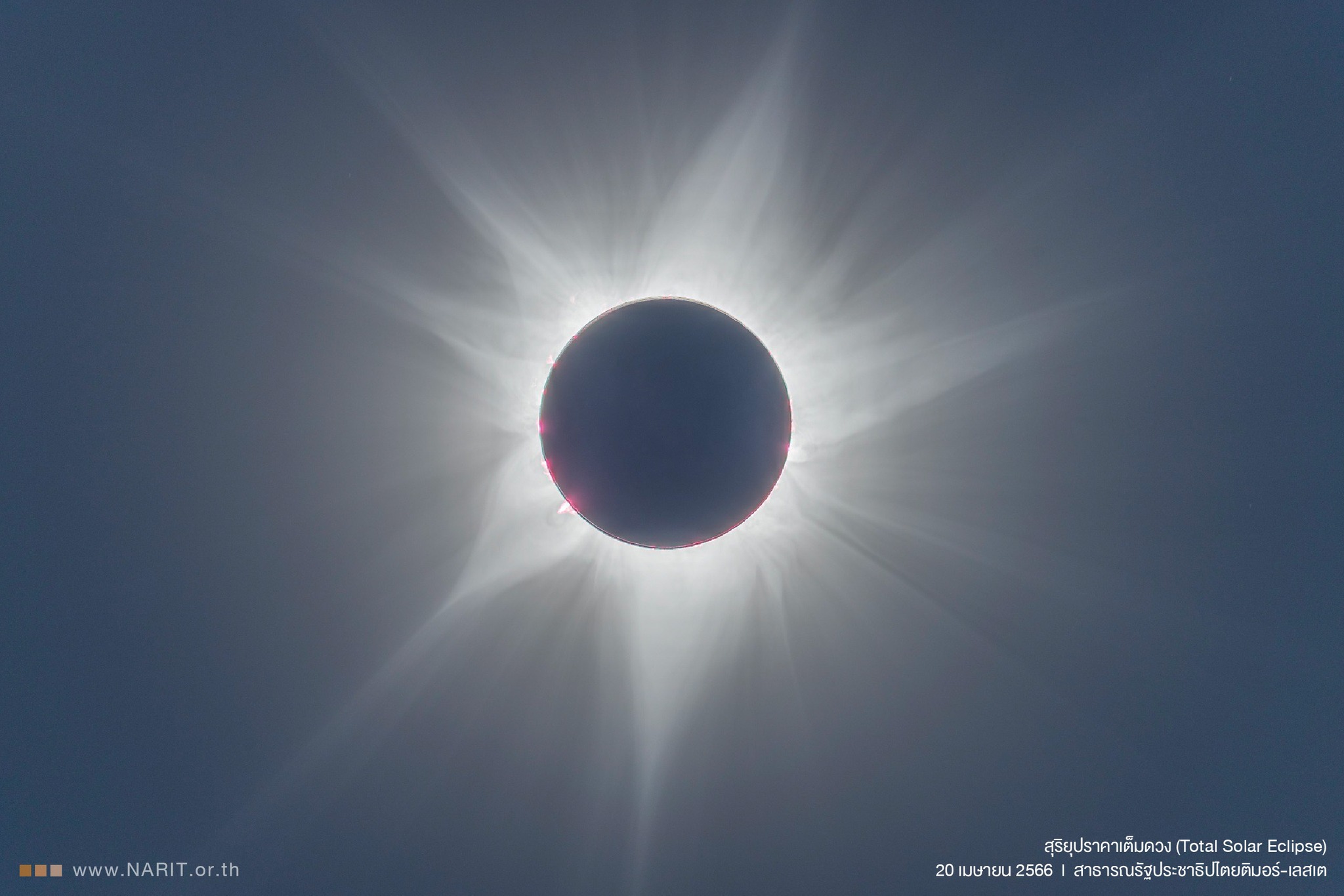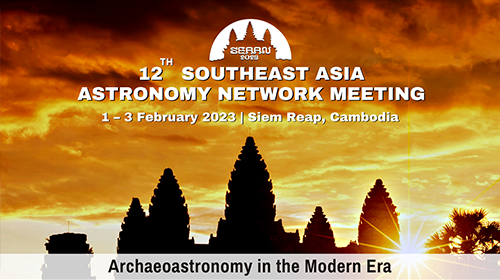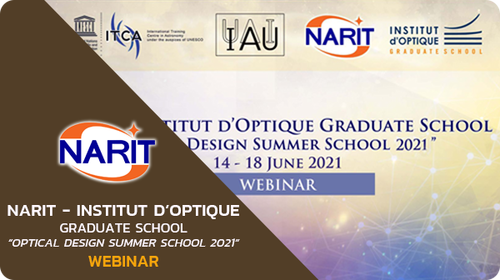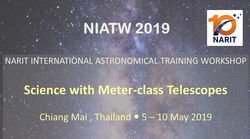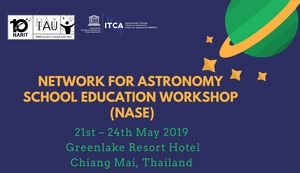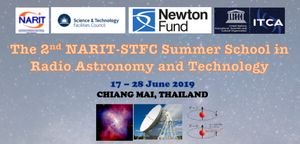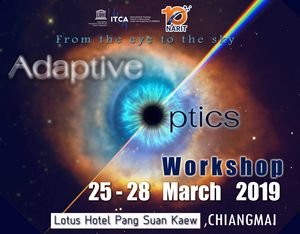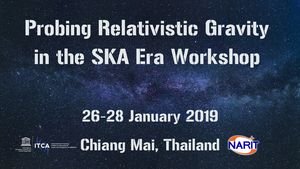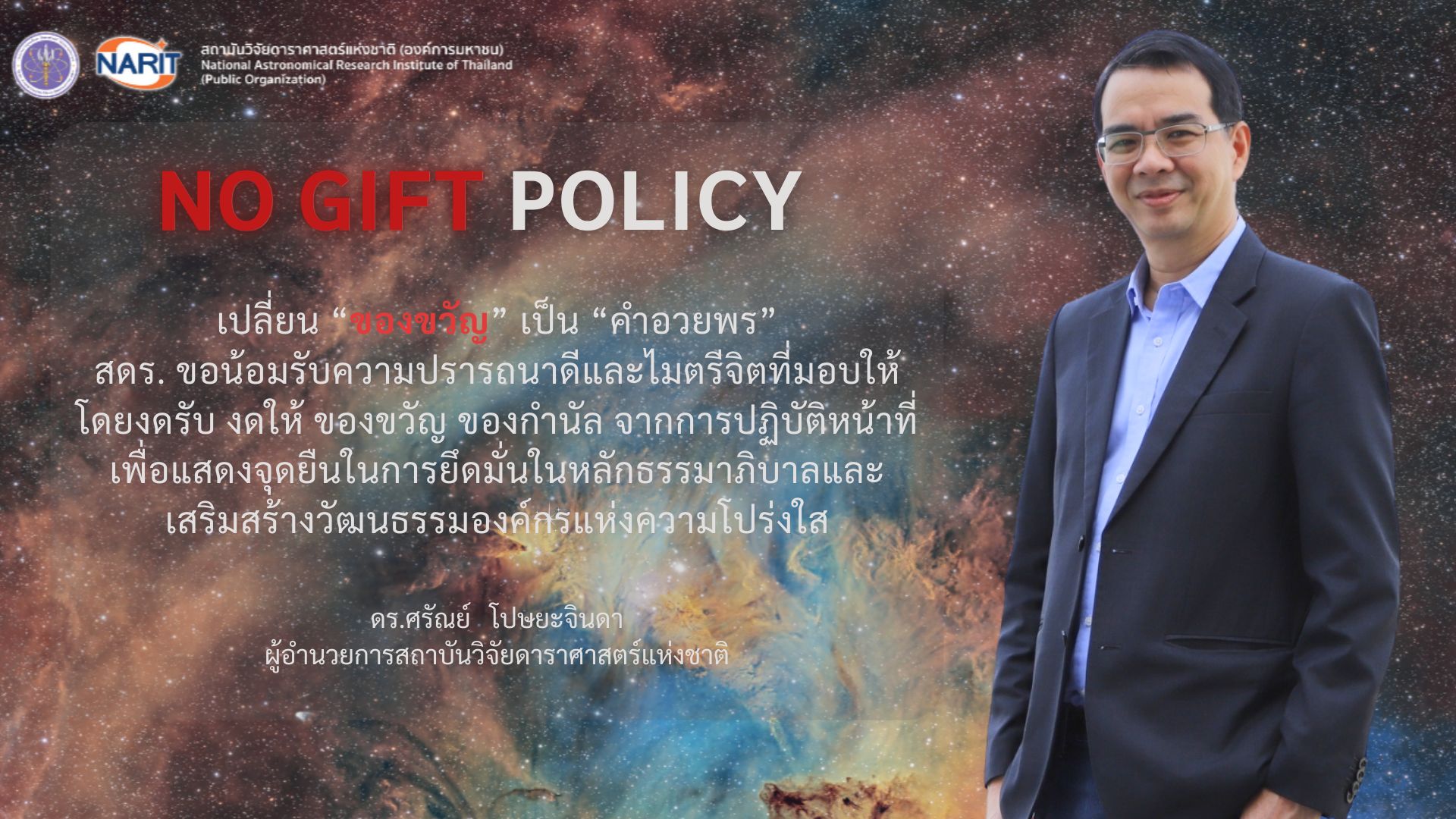Procedures for requesting telescope time on the Thai Southern Hemisphere Telescope (TST)
- Complete the TST Time Request Form
- The TAC (Time Allocation Committee)could take up to 6 weeks to process your request. So it's recommended that you give your application an ample amount of time before the planned observation.
- Once your request has been processed, you will receive an email back with your form, along with the decision from the TAC.
- If your request is approved, you will also be given an account with password,and priority that best suited to the nature of your project. You will also be given your project "Request Number" Please include this code in the prefix of the name of your observation. This will help the TACto monitor the usage.
- The user is REQUIRED to regularly monitor your observation. This include, but not limited to, checking if your target can still be observed in the images, notice if there is any problem with the telescope, adjust and modify your observation accordingly should any unexpected change arise, do some preliminary data analysis to make sure that the data obtained are usable to achieve your science goals.
- Observations are subjected to cancellation by the TAC without prior notice if it is in according with the following violations:
-
not adhere to the procedures mentioned in #1-7
-
overuse
-
observing targets outside approved proposal
-
risk of camera damage, e.g., running into the moon
-
gross deviation from PROMPT policy
-
any other circumstances as approved by TAC
-
- If you encounter any problem during your project, please contact theTAC.
- Once your observations have been completed, please submit the "End of Run Report" (download <here>) to <This email address is being protected from spambots. You need JavaScript enabled to view it.>. Future request could be put on hold until the End of Run Report for previous projects have been received.
- This account cannot be used outside the requested project time.
-
For publications using observations from the Thai Southern Hemisphere Telescope, please observe the Skynet Authorship Policy (https://skynet.unc.edu/skynet/help/authorship_policy)
